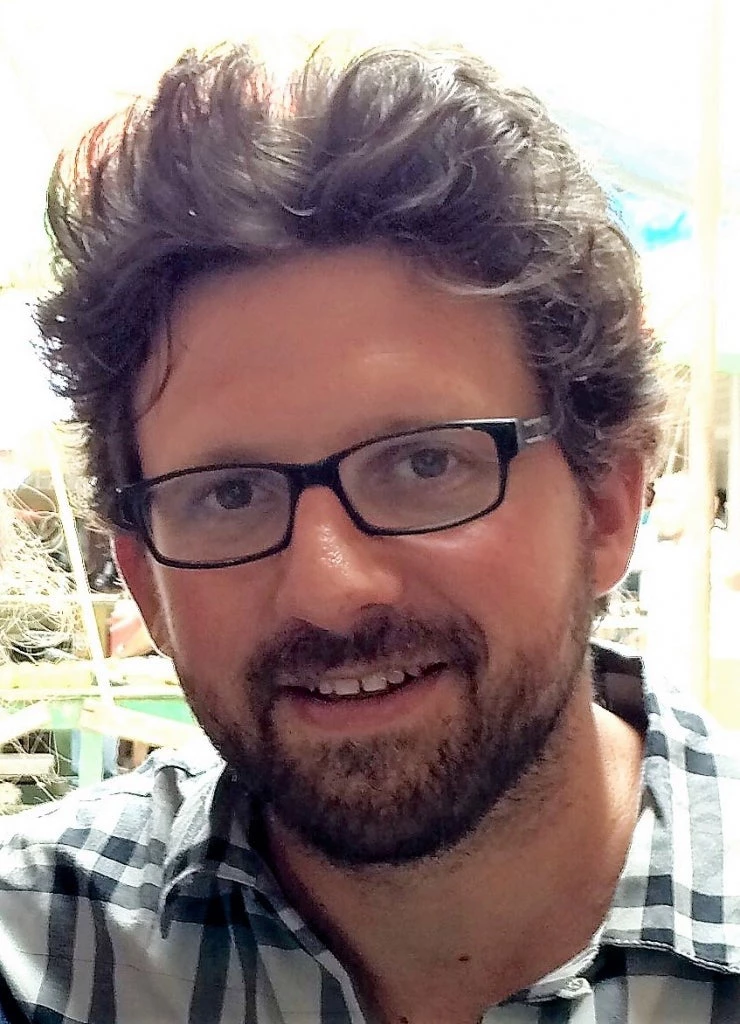In today’s rapidly changing world, the enduring challenge of reducing extreme poverty remains, along with multiple new risks and shocks that often have a disproportionate impact on the poor. As policymakers look for ways to improve the lives and livelihoods of the extreme poor, social protection programs offer hope, by responding not only to the needs of those affected post-crisis, but also by building resilience before shocks occur. Sahel countries face acute challenges but are also at the forefront of program innovations with productive inclusion measures to boost the resilience of the extreme poor. These approaches can be effectively scaled up by building on national social protection systems.
Building resilience on the shores of the Sahara
The Sahel may conjure up images of ancient kingdoms and legendary cities. Today, however, challenges abound, including violent conflict and the harsh consequences of climate change. Temperatures in the Sahel are rising 1.5 times faster than the global average, droughts and floods are more frequent and intense, and roughly 80 percent of the Sahel’s farmland is degraded - all of which is a severe threat to livelihoods and food security. In a region where over 40% of the population already live below the poverty line, shocks can further contribute to poverty persistence, which in turn makes it hard to deal with future shocks.
Stronger and more diversified livelihoods and income-generating activities can help make the poor more resilient to shocks before they occur and enable faster recovery. Cash transfer programs can help. Yet, poor households in the Sahel face many different constraints when they strive to build those livelihoods. “Graduation” or “economic inclusion” approaches have shown that multi-faceted programs can go a long way toward reducing poverty and building resilience. But can they be implemented at scale?
Scaling up productive inclusion programs through adaptive social safety nets
Between 2016 and 2020, social safety net programs in Burkina Faso, Mauritania, Niger and Senegal augmented regular cash transfers with an integrated set of productive inclusion measures aimed at alleviating several key constraints that keep the poor from growing their economic activities. They were implemented both in rural and urban areas.
Activities include boosting capital, skills, and planning of economic activities as well as fostering social dynamics and community cohesion. They were tailored to the needs of cash transfer recipients, most of whom are women. The productive inclusion measures included:
- Coaching: Trusted members of the community, who are knowledgeable about local economic opportunities, acted as mentors to individuals and small groups.
- Creation of savings and loans groups: Beneficiaries formed groups that met weekly, saved together and granted loans. This fostered peer-to-peer learning and positive social dynamics.
- A community sensitization session: Each community screened a video (see example from Niger) featuring a couple who overcame challenges and grew their livelihoods, thanks to the encouragement from their community. After the screenings, a discussion was facilitated to create a supportive environment for the beneficiaries.
- A life-skills training: Groups of beneficiaries attended a short training course focused on topics such as communication skills, confidence-building or gender relationships.
- A micro-entrepreneurship training helped participants identify promising economic activities and covered fundamental management skills, such as bookkeeping, selecting suppliers and determining prices.
- Access to markets: Coaches facilitated discussions on where to buy inputs for agricultural activities, where to sell goods, etc. In some contexts, the coaches acted as intermediaries to help women access inputs or potential buyers.
- A cash grant: The program provided grants between $150 and $250 so that beneficiaries could invest in their economic endeavors.
What have we learned so far?
Productive inclusion measures can be successfully delivered through large-scale government systems: More than 50,000 beneficiaries - over 90% of whom were women - have already benefited from productive inclusion measures, with additional scale-up underway in several countries.
Costs can be kept low by using social safety nets as a delivery platform: Whenever possible, safety net systems were used to deliver the interventions and leveraged for identification, targeting and payment. This kept costs low at ~$300 per person on average including all management costs (considerably lower than most graduation programs).
Collaboration resulted in tailored design and efficient delivery in low-capacity contexts: The set of measures was developed through a collaborative process including government safety net agencies, NGOs such as Trickle Up, training experts such as CESAM, as well as local and international researchers. Depending on capacity and context, the measures were delivered through a mix of social safety net program staff, community volunteers and partner NGOs.
Beneficiaries were eager to participate and the quality of implementation was high: Over 90% of beneficiaries participated in most activities over the duration of the program. Governments set up lean yet solid monitoring systems to ensure efficient delivery.
Several countries are planning to scale up their programs in response to major policy challenges: Productive inclusion measures will be expanded across the region to accelerate recovery from the COVID-19 crisis, improve employment outcomes for youth, and promote women’s empowerment.
With widespread poverty, looming shocks, fragility, and climate change, the Sahel region is central to the global challenge of eliminating extreme poverty and boosting resilience. Social protection systems are expanding and evolving fast to meet those challenges. Scaling up productive inclusion measures through social safety net programs is one of those key innovations that will shape the future of social protection—not only in the Sahel but across the developing world.
To learn more about the Sahel Adaptive Social Protection Program, visit here.
*Please stay tuned! In our next blog, we’ll be sharing more details of the positive results of the rigorous, multi-country impact evaluation that was carried out to assess the effectiveness of these productive inclusion measures. Results from Niger show that the productive inclusion measures strongly improved households’ economic diversification, resulting in greater welfare and food security. The program was highly cost-effective. Women’s empowerment and social cohesion were significantly improved in participating communities. Impact evaluation results from other countries are expected by the end of 2021.
*This work was made possible through the generous support of the Sahel Adaptive Social Protection Program (SASPP), a multi-donor trust fund managed by the World Bank that supports the strengthening of adaptive social protection systems in the Sahel (Burkina Faso, Chad, Mali, Mauritania, Niger and Senegal) to enhance the resilience of poor and vulnerable households and communities to the impacts of climate change. The program is supported by Denmark, France, Germany and the United Kingdom.



Join the Conversation